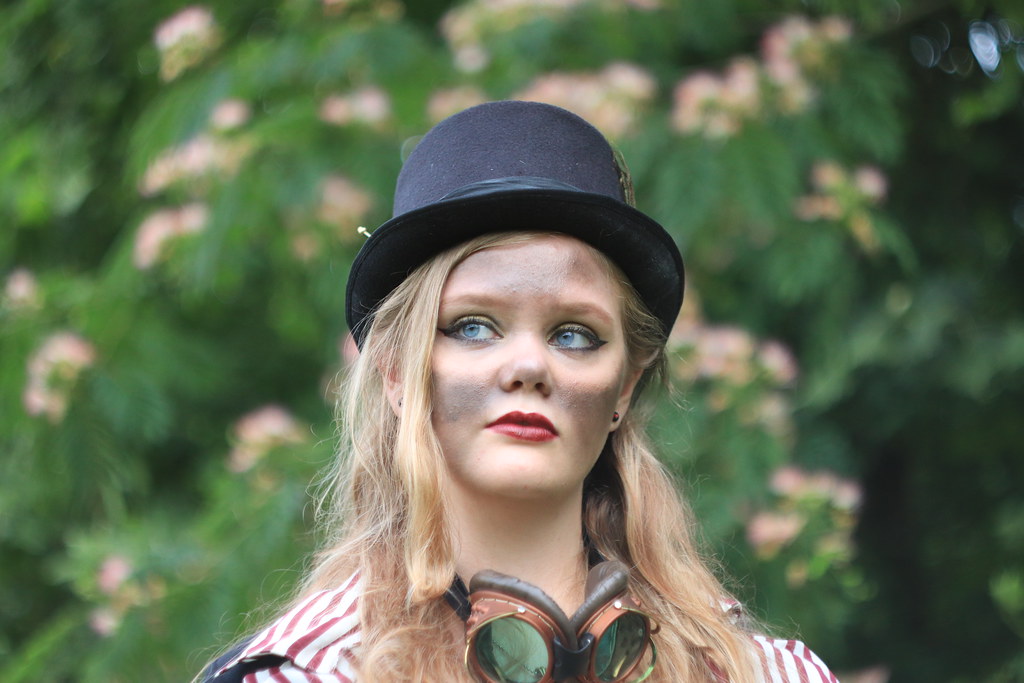 The newest addition to my photographic kit is an anachronism. The Helios 44-2 is a mass-produced Russian copy of a Carl Zeiss Biotar lens from the early twentieth century. The numerical suffix is a design number. 58 mm is the focal length, and f2 its maximum aperture. Mounted to my high tech DSLR, this pairing has drawn notice the way a gypsy wagon might if hitched to a Corvette. It can be done, but begs the question, why?
In choosing this lens, I have forsaken Canon’s swift, Dual Pixel autofocusing for something that must be adjusted by hand. The optic is prone to flare when the light source comes anywhere near its axis. Imaging is sharp, but remains best in the center, and at smaller apertures. I am using mine wide open.
The newest addition to my photographic kit is an anachronism. The Helios 44-2 is a mass-produced Russian copy of a Carl Zeiss Biotar lens from the early twentieth century. The numerical suffix is a design number. 58 mm is the focal length, and f2 its maximum aperture. Mounted to my high tech DSLR, this pairing has drawn notice the way a gypsy wagon might if hitched to a Corvette. It can be done, but begs the question, why?
In choosing this lens, I have forsaken Canon’s swift, Dual Pixel autofocusing for something that must be adjusted by hand. The optic is prone to flare when the light source comes anywhere near its axis. Imaging is sharp, but remains best in the center, and at smaller apertures. I am using mine wide open.Bokeh is the Japanese name for an out of focus effect that is beautifully smooth. The latest cell phone camera and Instagram filters can fake it to some degree. The old optical formula delivers an organic bokeh with a magical swirl like a virtuoso pitcher throwing a curve ball. The result becomes an otherworldly complement to her Steam Punk persona.
So, what is it like to merge imaging technologies that are separated by the better part of a century? Modern autofocusing lenses are controlled from the camera body, or, perhaps, a cellphone app. While the Helios seems dainty alongside latter day equivalents, its control rings for aperture and focus are a tactile delight. Knock off it may be; this is quality hardware.
Modern lenses lock to the camera using a bayonet mount unique to the brand. No cross pollination is allowed. The Helios uses an M42 screw mount popular among 35 mm cameras of that era. An adapter ring allows modern use of the vintage gear. Mine even offers electrical contact, should the old stuff ever require it.
In practice, the old lens and new body get along quite well, thanks to the Live View mode. While I have even used program exposure, it is best to select manual. What the viewing screen displays is what you get. Best bokeh is achieved at maximum aperture, so exposures are modulated by shutter timer. Precise focusing is achieved by zooming in briefly for fine control.
While this is not the tool for breaking news or sports. I enjoyed the exacting, if slow, process, which resulted in a far greater percentage of keeper images than a typical, digital photo op does. Our modern ability to produce a limitless volume of information is just that, and no guarantee of success. I learned photography when film allowed 36 exposures costing $15 for film and processing, not to mention the time. What began as an exercise in artful effect has reacquainted me with craftsmanship, and may well raise my digital game, too.
No comments:
Post a Comment